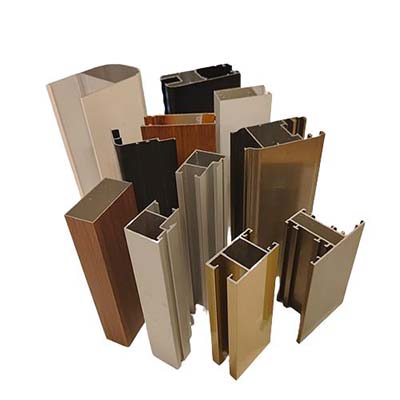Introduction
Aluminum profiles are versatile components used in various industries, each tailored to specific requirements. While industrial and construction aluminum profiles share similarities, they also exhibit distinct characteristics that cater to their respective applications.
Alloy Composition and Mechanical Properties
Both industrial and construction aluminum profiles typically belong to the 6063 grade, ensuring uniformity in alloy composition and mechanical properties. This standardization sets a foundational similarity between the two categories.
Cross-Sectional Shapes
Industrial profiles often feature symmetrical structures with square configurations, while construction profiles tend to adopt asymmetric designs with larger curvatures. This distinction reflects the differing functional requirements of each application.
Wall Thickness
Industrial profiles prioritize load-bearing capacity, necessitating thicker wall thickness compared to construction profiles, which often serve decorative purposes and thus have thinner walls.
Surface Treatments
Architectural profiles offer a broader range of surface treatments, including spraying and wood grain transfer, to enhance aesthetic appeal. Industrial profiles, on the other hand, focus on functionality and cleanliness, typically requiring simpler treatments such as anodizing.
Quality Requirements
Industrial profiles demand higher precision in form and position tolerance, as well as superior surface quality, to meet stringent industry standards. Conversely, construction profiles may have more lenient tolerances, emphasizing visual aesthetics over technical precision.
Conclusion
Understanding the disparities between industrial and construction aluminum profiles is essential for selecting the right material for specific applications. While both share commonalities in alloy composition and mechanical properties, their divergent characteristics in cross-sectional shapes, wall thickness, surface treatments, and quality requirements underscore their unique roles in various industries.
